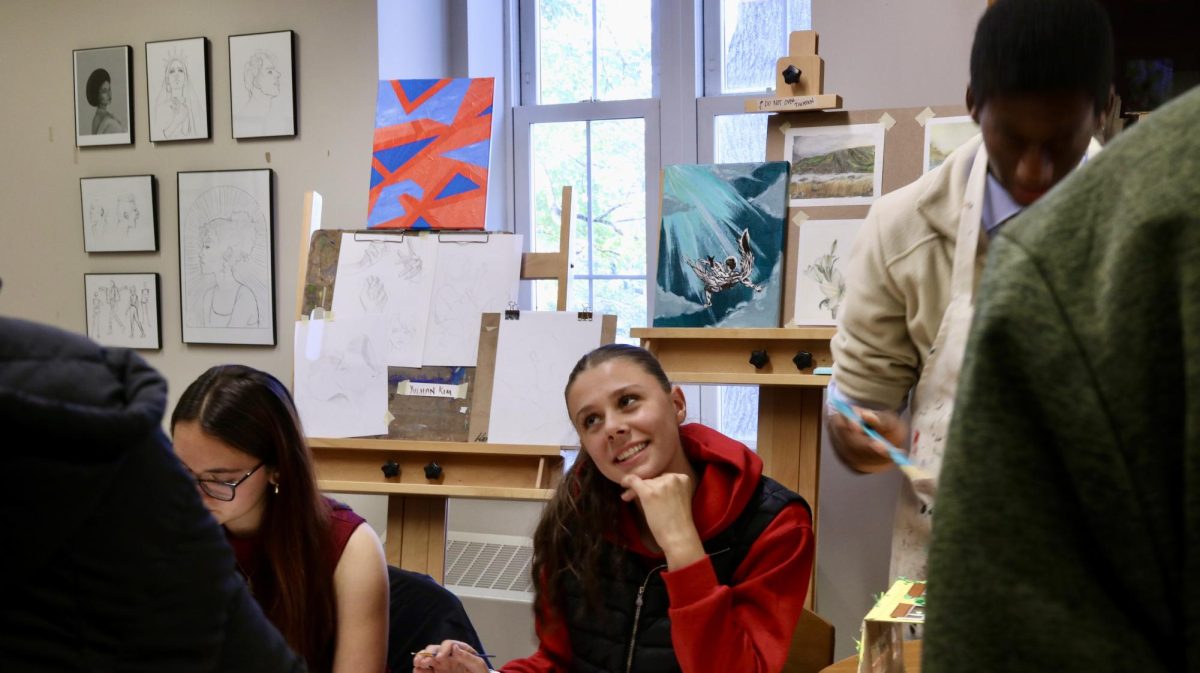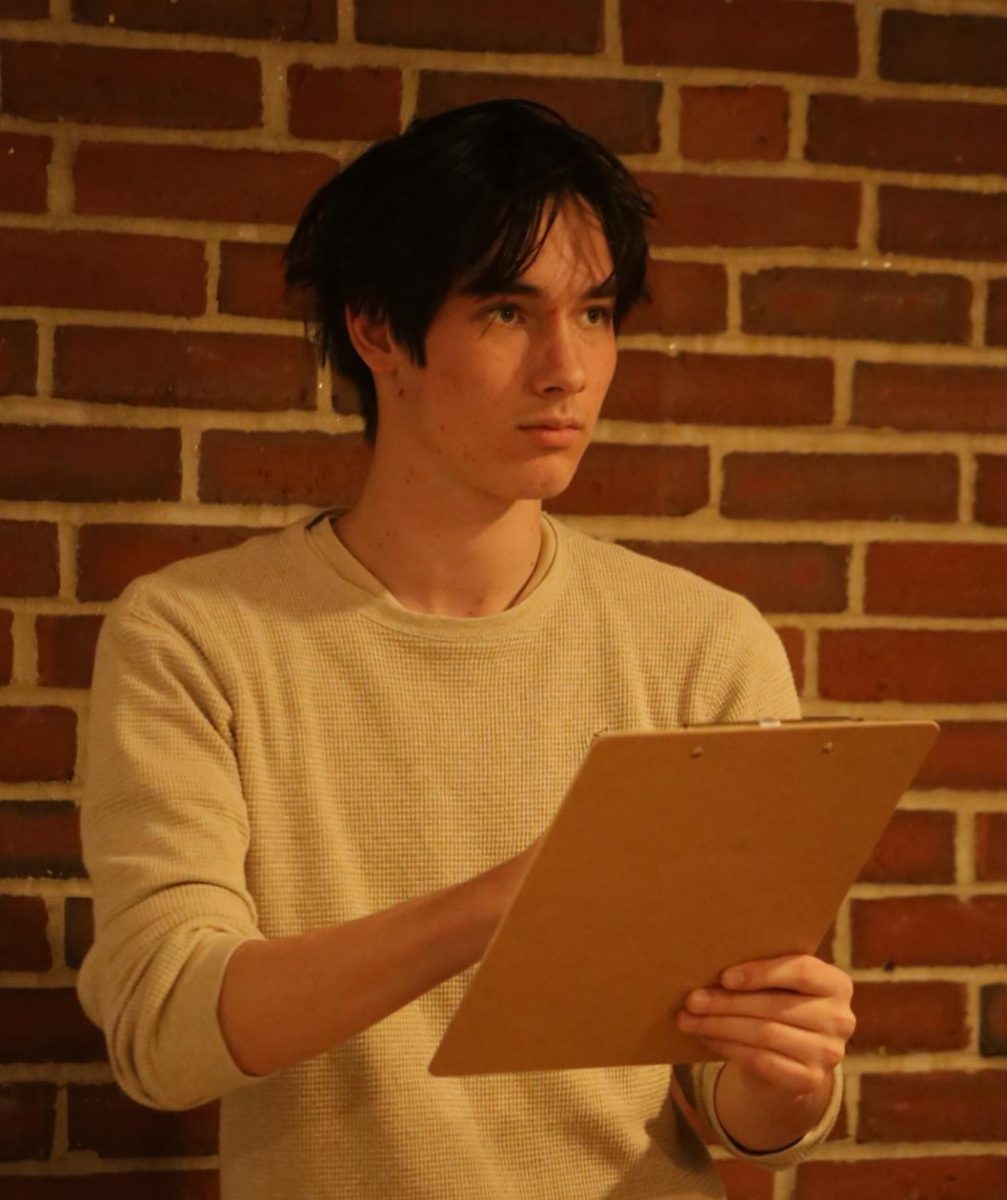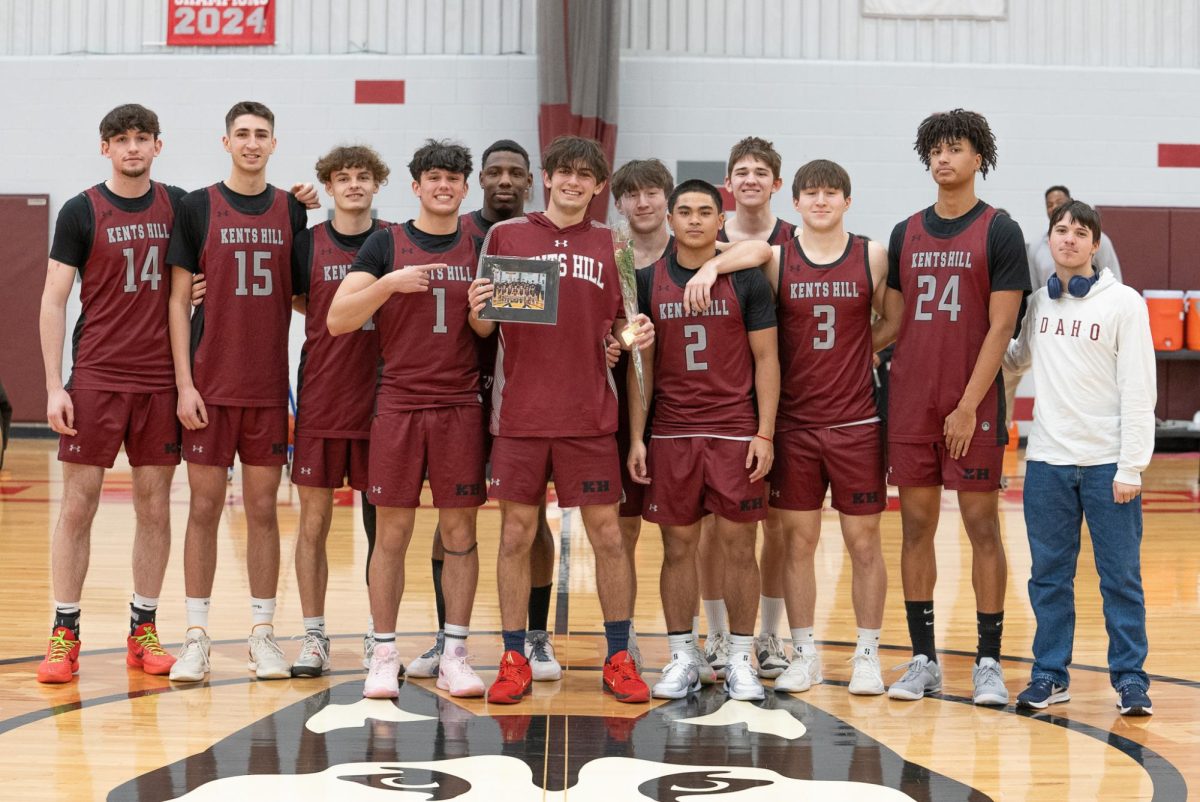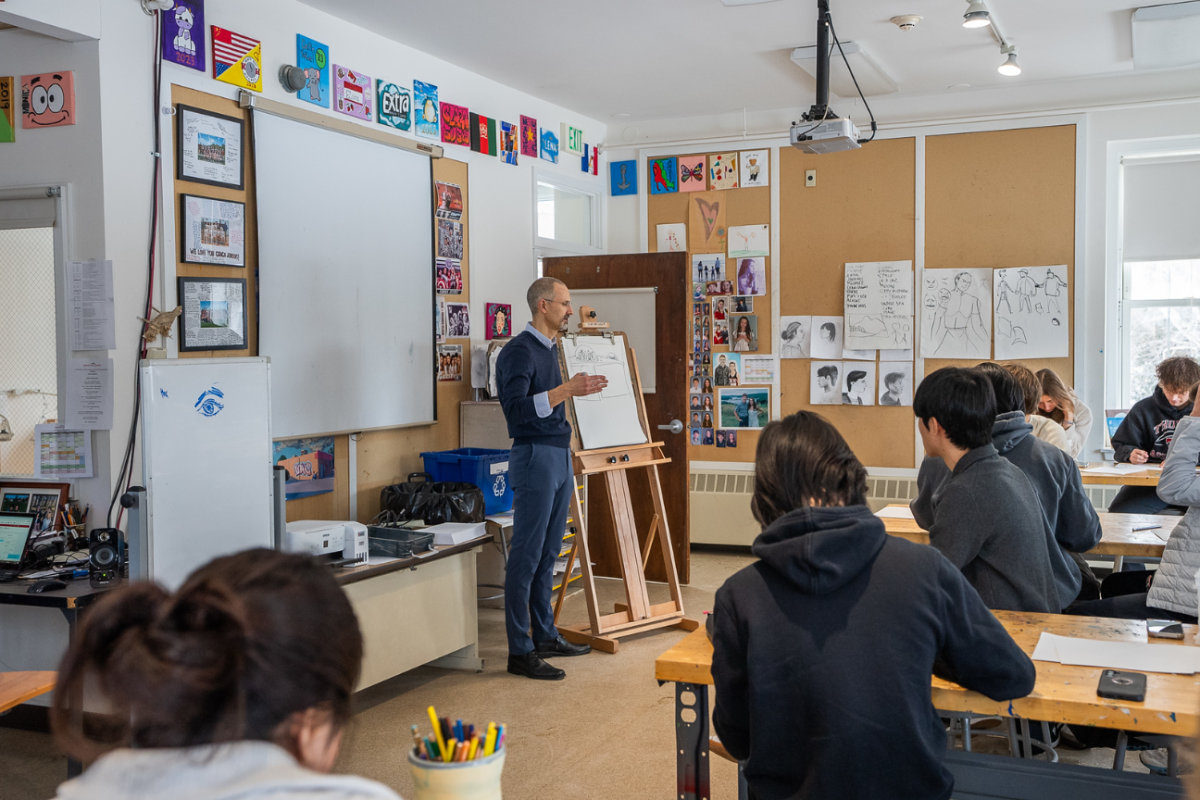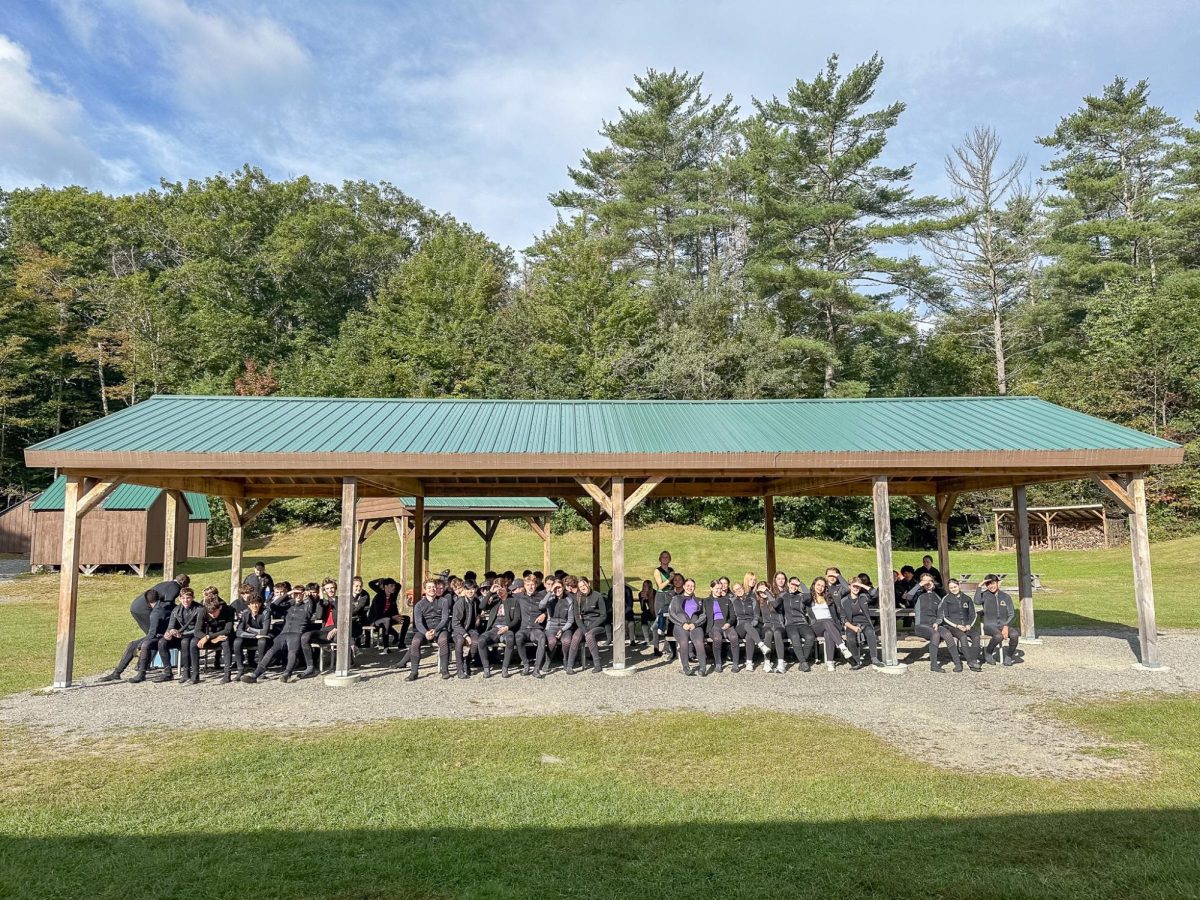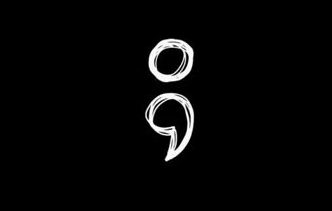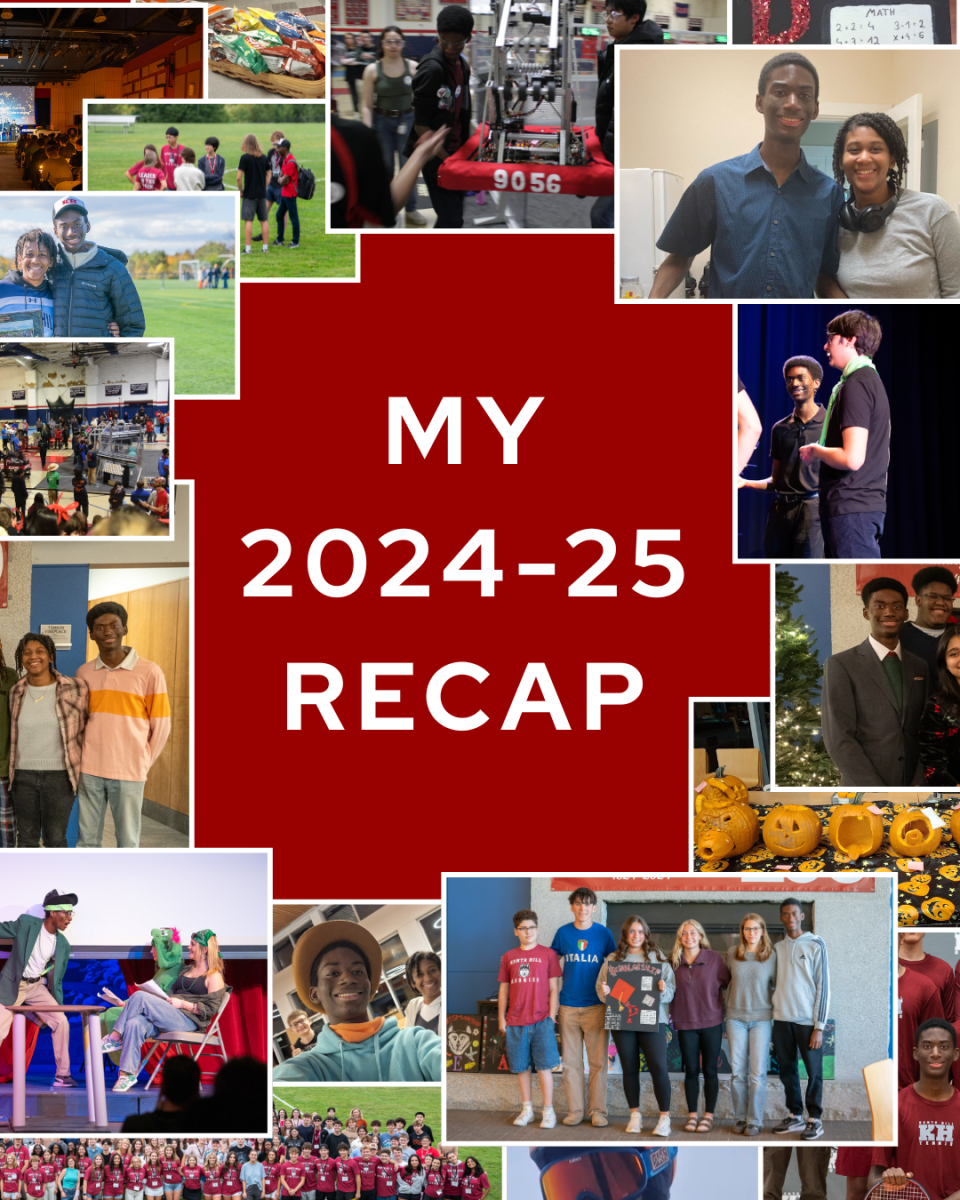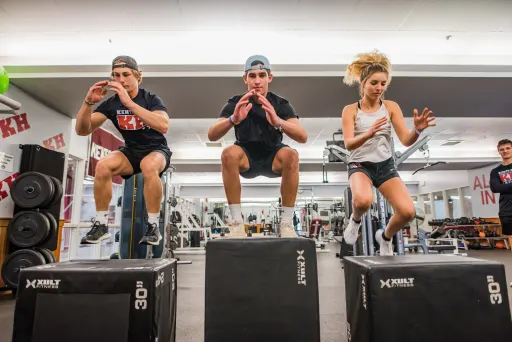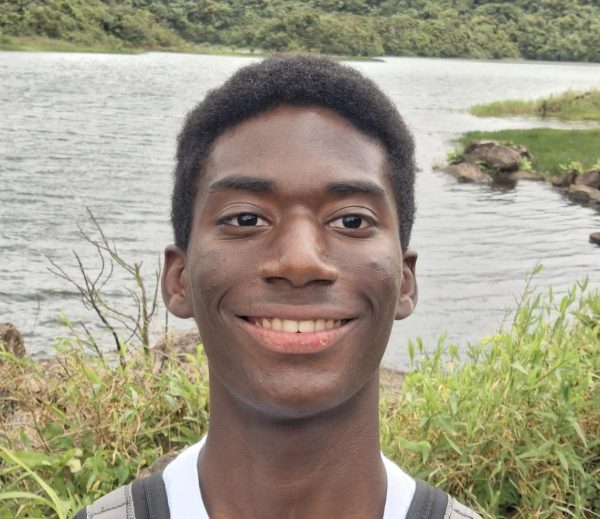Do you know what the Speaker Series is?
Most students will likely answer no. But start talking about the actual speakers, and people suddenly start remembering. That alone proves that though it may be underused, the Speaker Series has serious potential.
For those who don’t know, the Kents Hill Speaker Series is a program designed to promote learning outside of the classroom through talks and workshops with guest speakers, faculty, and maybe even students. It was officially launched in the 2022-23 school year, and since then, the speakers have been trickling in.
And when I say trickle, I mean trickle. This year, we’ve had just two official events: one featuring slam poet Andre Bradford (check out our interview with him!), and the other with graphic novelist Gareth Hinds. Still, by all accounts, these two events had a significant impact.
In fact, I was surprised by how many students I interviewed not only remembered what these speakers said but could talk about what they learned.
One student recalled a specific poem Bradford performed that really resonated with her. Others remembered his message about empathy and even wished we as a school had explored the topic more.
Freshmen in Multicultural Lit readily offered details about their workshop with Hinds months earlier. One student commented that it was interesting to learn about graphic design—a field she never considered before. Another mentioned how cool it was to talk to the author of a book they were reading in class.
That’s the kind of effect the Speaker Series can have: broadening our horizons, teaching us beyond academics, and enriching our Kents Hill experience. But only if we do it right. And right now, I’m not convinced we are.
One major issue? Structure.
We need to design a better way to deliver these events. When Bradford came, he spoke to the entire school, and it was amazing. The guy was genuinely funny. But immediately afterward, we were herded into our advisories to fill out a worksheet. No discussion, just awkward silence and a paper filled with barely related questions. Most students I spoke to said it totally killed the vibe. It felt like a missed opportunity.
Contrast that with Hinds, who held a couple of smaller workshops throughout the day. Students who attended said it was easier to ask questions, have conversations, and actually connect with what was being said. A lot more personal and way less like you’re being “talked at.” However, this format comes with a major caveat: only a small percentage of students got to participate. The ideal format probably involves a balance of big, school-wide talks and more intimate breakout sessions.
And then there’s the logistics.
Now, I won’t lie. Organizing a speaker series event is hard. Of course, I can’t speak from personal experience, but that’s certainly the impression I got from those who can. Everything from gathering nominations to communicating with potential speakers is overwhelmingly time-consuming, especially when the committee is made up of already busy volunteers.
Worst of all, scheduling has been challenging. Speaker Series events are normally relegated to community hour. Imagine telling a speaker, “You can only come on Tuesday from 11 to 12. No more.” That’s not just inconvenient—it’s borderline disrespectful. If we want this program to succeed, it needs to be prioritized.
Because let’s be honest: the potential here is huge. This program, as its website promises, could bring in authors, artists, professors, performers, scientists, and business leaders. And yes, quality matters more than quantity. However, if we do this properly, we can have both: an ample, diverse lineup of memorable speakers.
But it starts with treating the Speaker Series like it matters.
That means creating a schedule that works for guests, faculty, and students; forming a proper committee incentivized to plan and execute these events; and developing a school culture that sees these talks as an important part of learning, not just a break from it.

